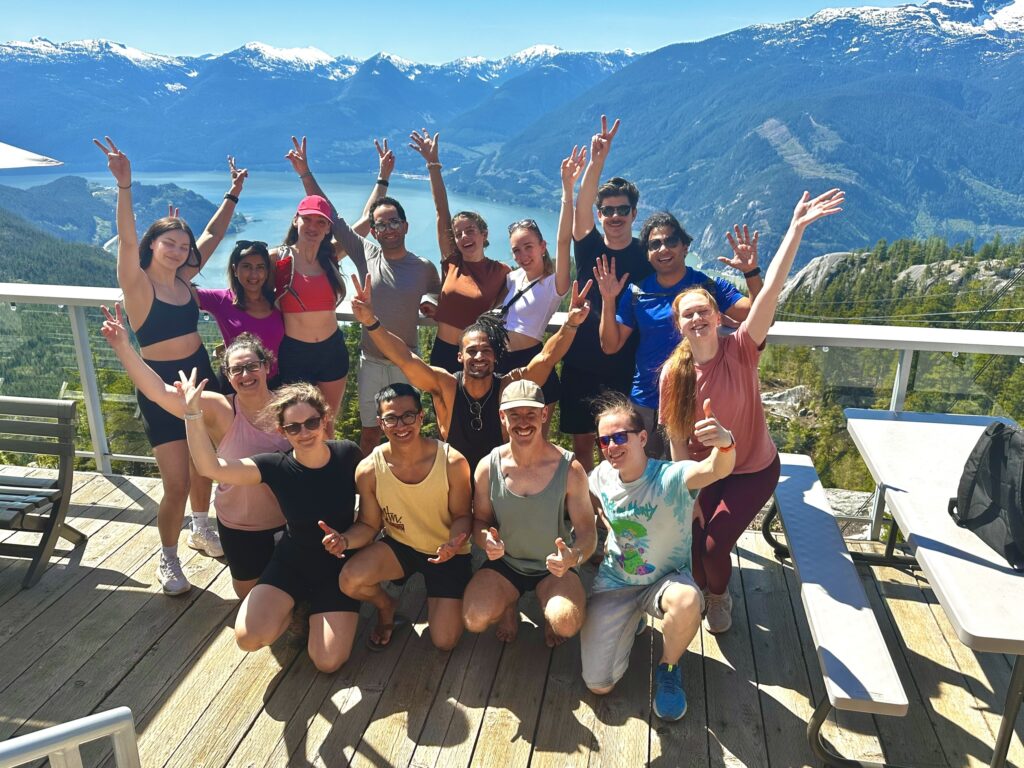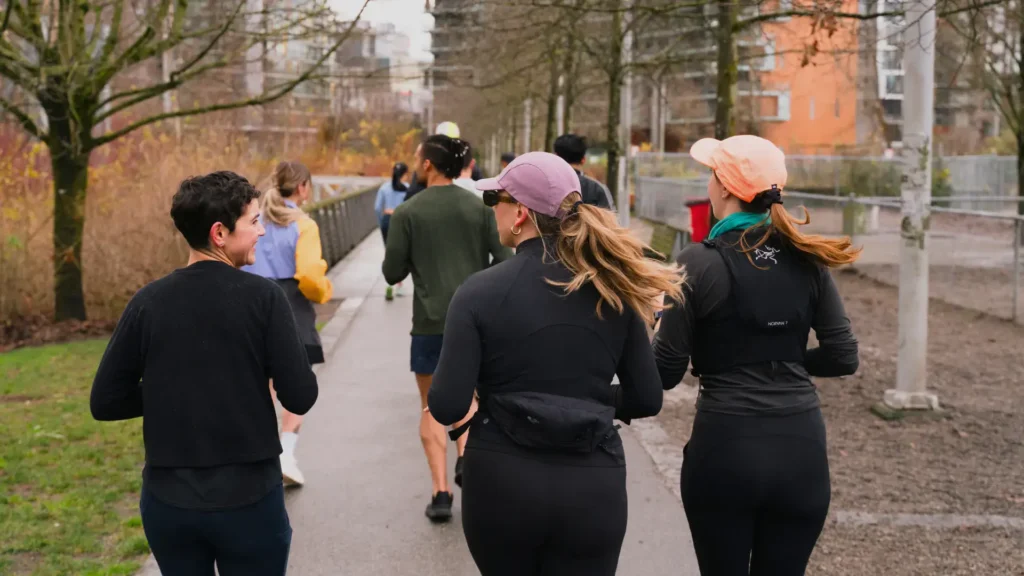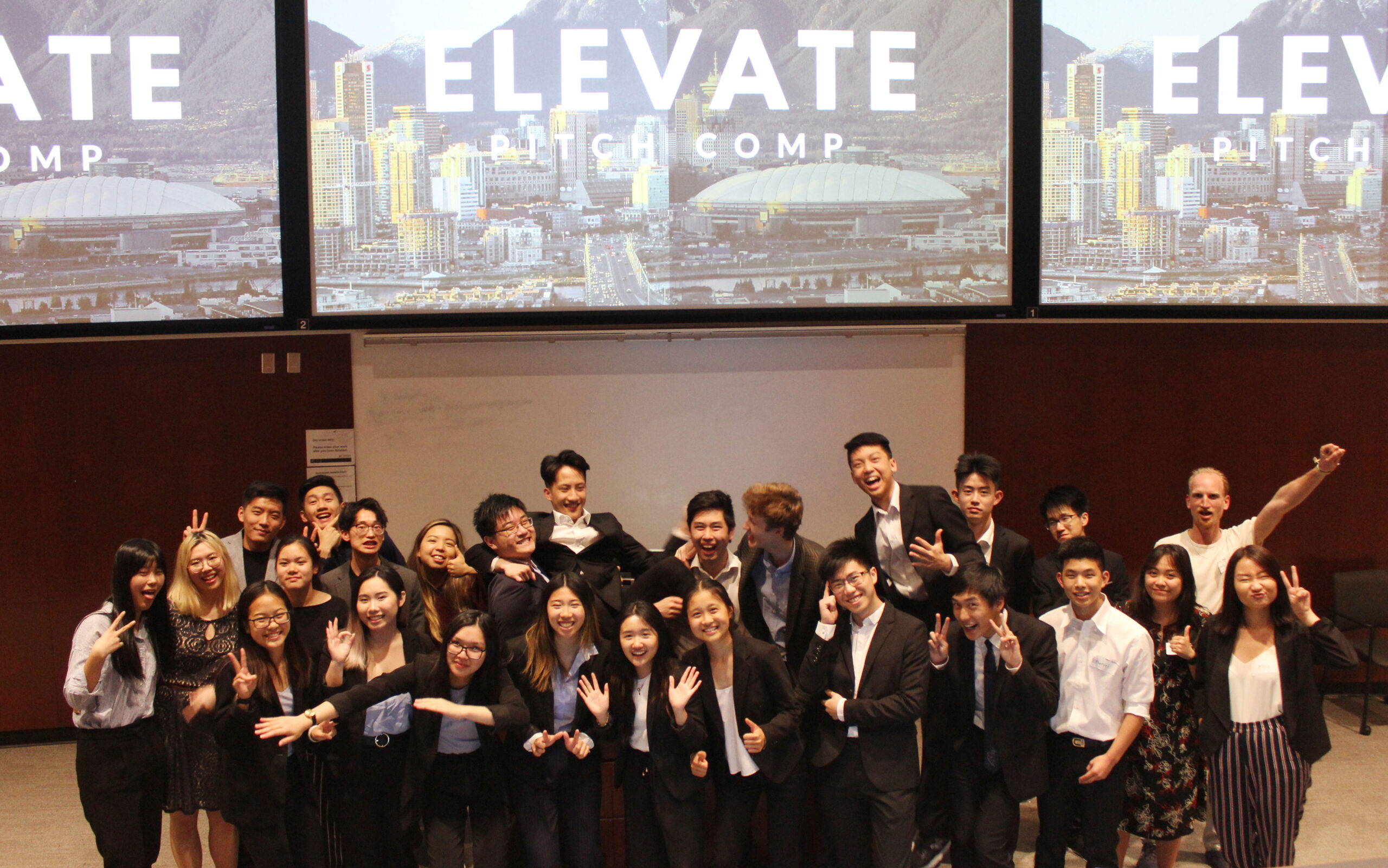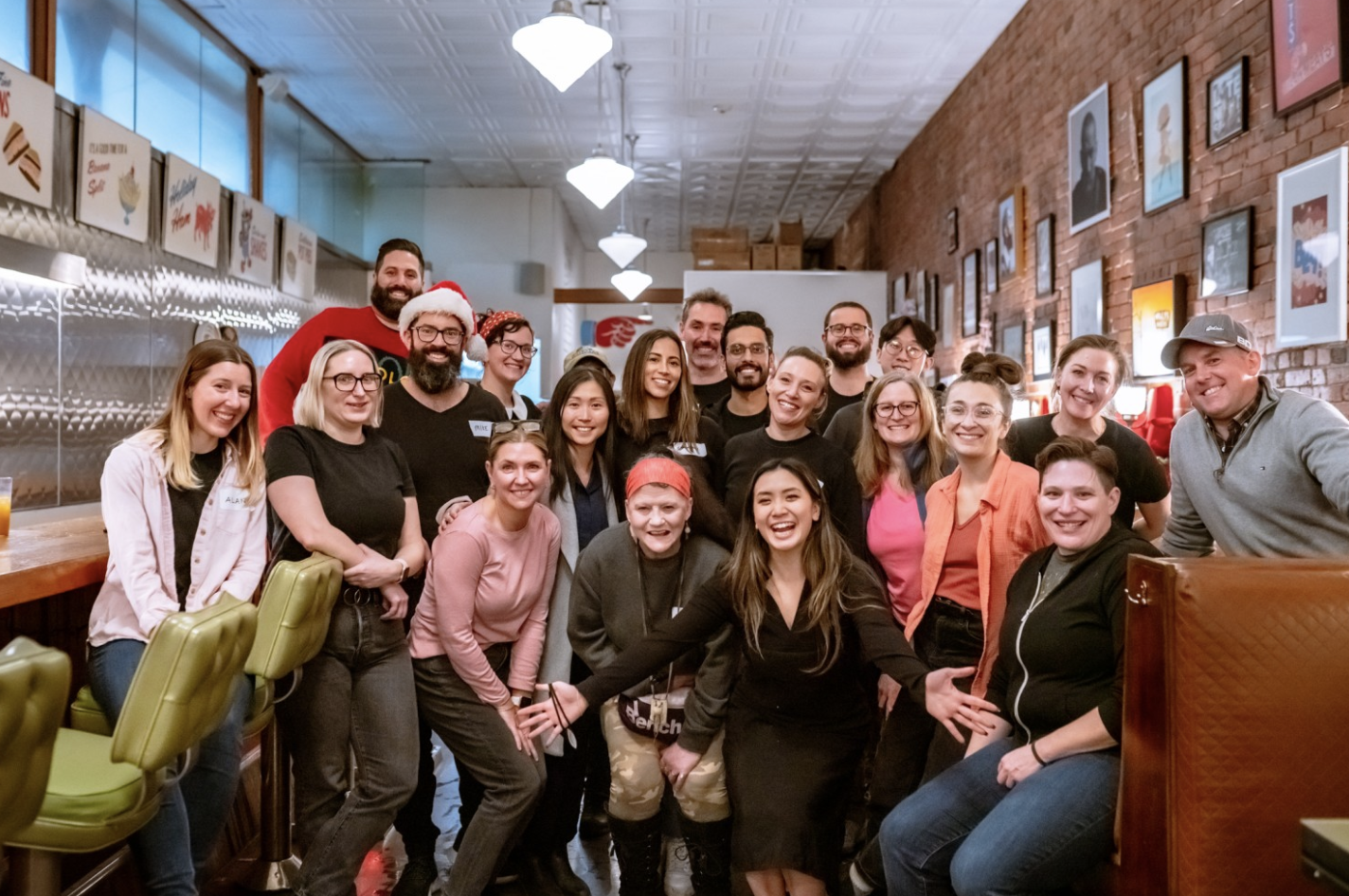This is a guest blog from Zuki, Founder of Common Ground (a platform for discovering run clubs & social events for meeting new people) and a regular at Brands for Better community meetups.
As many people who attend Brands for Better Community Meetups will tell you, human connection is in crisis. For the past two decades, we’ve been doubling down on digital relationships. At first, this seemed revolutionary: MySpace, Twitter, Snapchat — each wave promising more connection, more community. Yet, somehow, in the race to connect digitally, we’ve quietly disconnected in person. A strange irony emerges when you look around a café and see every face buried in a phone, each absorbed in the promise of distant, digital serendipity rather than the reality right before them. The consequence is a world where half of adults report experiencing social isolation, despite being more digitally connected than ever. And so presents the new opportunity: if the first act of tech was to get us online, the second—and potentially more powerful—act will be to get us offline, to rebuild what we’ve been neglecting: community in the real-world.
The Early Days: Personal Computers, Personal Internet
If you were online in the early 2000s, the internet felt intimate. MySpace was your digital bedroom, complete with a custom soundtrack and your carefully chosen “Top 8” friends. MSN Messenger, with its cryptic status updates, was like passing notes in class—a place where real friendships thrived. Early Facebook was literally built around your existing network of friends. There were no algorithms; you saw everything your friends shared, in chronological order.
This simplicity allowed the early internet to genuinely enhance real-world connections. Even today, platforms like WhatsApp and Snapchat succeed precisely because they’re personal—they’re about sharing private jokes and casual daily updates with actual friends, not strangers. But as tech grew up, something started to shift.

The original Facebook ‘Wall’ was a very different experience to today’s curated social media feeds.
From Friends to Followers
That shift came quietly. Facebook introduced algorithmic sorting of posts, Instagram followed suit, and then TikTok took algorithmic curation to an unprecedented level. Suddenly, our feeds weren’t about friends anymore—they were about content. Social media morphed from a friendship-enhancer into a sort of short-form TV on a 6-inch screen, where influencers, brands, and ‘content creators’ compete for our attention. Instagram – once a refuge for sharing badly-edited iPhone photos with your friends – now ensures that at least 30% of the content you see in your feed comes from algorithmic recommendations from people you don’t even follow.
And yet within this shift, there was another. The web is still the great connector – on Twitter (now X), Discord and Reddit, it’s now easier than ever to find a community of likeminded people who share your passions & interests, no matter how niche. The catch: they’re scattered all across the globe. The internet has made it easier to foster relationships with people who live on the other side of the world than on the other side of the street. But purely virtual companions can never replace the intimacy of real-world friends—as anyone who’s endured the distant longing of a long-distance relationship will tell you. And real-world relationships are naturally friendlier – you’d never find a ‘keyboard warrior’ hanging out at a Brands for Better Talko Night.
The Loneliness Epidemic
As our online worlds expanded, our offline ones have contracted. The U.S. Surgeon General, Dr. Vivek Murthy, declared loneliness a public health emergency in 2023, equating its health impact to smoking 15 cigarettes a day. “Right now, millions of people are telling us… their tank is running on empty when it comes to social connection,” Murthy warned. The data backs up his urgency. Disconnection isn’t just a bad feeling; it’s literally hurting our health. Research has linked loneliness to higher risks of heart disease, depression, and even early death. When we replace in-person interaction with screens, we pay a physiological price.
Meanwhile, north of the 49th parallel the situation is equally bleak. According to Statistics Canada, 1 in 10 Canadians regularly feel lonely, and nearly half struggle with making or keeping friendships. In Vancouver specifically, surveys repeatedly highlight a profound social isolation—with 1 in 7 residents reporting feeling lonely, and nearly 60% expressing a weak sense of community belonging.
This crisis isn’t abstract: it’s personal, it’s widespread—and it’s solvable.
Grassroots Communities: Finding Connection Offline
Across North America, grassroots communities have sprung up as antidotes to this algorithm-derived mess. Take run clubs, for instance. Once seen purely as exercise groups with a focus on running, they’re now community hubs where the ‘run’ is second to the ‘club’. In Vancouver, running communities from Social Run Club to Speed Dates have popped up, providing locals with novel ways to connect with new people. “We Should Be Friends” emerged as an informal meet-up on Kits Beach and rapidly grew into a thriving network of social events aimed explicitly at making friends. Similarly, New York’s “Hot & Social” parties attract crowds not just for dating, but for making new social connections in real life. And even Brands for Better has recently become as much a force for grassroots community-building as it is a force for empowering brands to do good in the world. While big tech has pulled us apart, small communities are bringing us back together. But they need help.

Hikes & Homies is a social experience in Vancouver for making friends in the great outdoors.
How Technology Can (and Should) Help
Just as technology has pushed as gently apart, it can bridge us back together. A new wave of platforms aims precisely to bridge the gap between our online and offline lives. Meta Platforms, which owns Facebook & Instagram, recently added a Communities feature to WhatsApp, another ubiquitous app it owns, which has become a staple for communities big & small to keep their members connected. TimeLeft is taking a different approach, using the power of algorithms to bring strangers together over dinner based on their personality types. Thursday, which used to be a dating app, has completely pivoted into creating real-world events for single people to meet instead of endless swiping.
And right here in Vancouver, my own startup—Common Ground—is making it easier for run clubs to manage their communities, and for runners to find the club that’s right for them. We’re also making it easier to host & discover social experiences for meeting new people. Our aim isn’t reach, but depth—real friendships built through shared experiences, right here in your own neighbourhood.
Platforms like Common Ground understand something crucial: technology’s greatest power isn’t replacing reality, but enhancing it. We’re embracing a smaller, more intentional approach than the platforms that precede us—using tech to foster genuine, localized human interactions rather than endless, passive scrolling. Our vision is to make it easier for communities like that created by Brands for Better to form, foster & flourish.
Lessons From Dating Apps: Avoiding the Swipe Trap
Still, this shift isn’t without risk. Dating apps were meant to make finding connection easier by enabling the most intimate of interactions – the one-on-one date. The result: 40% of new couples today meet online, according to a recent Stanford study. Yet, despite their ubiquity, users widely report dissatisfaction—coining terms like “dating app fatigue” to describe the exhaustion from endless swiping and superficial chats. Pew Research found that nearly half of dating app users feel frustrated rather than hopeful.
This reveals a crucial lesson: simply connecting people digitally isn’t enough. The trap of ‘the apps’ is that they’ve turned connection into a commodity—there’s always someone else in the queue. If emerging community apps replicate dating apps’ superficiality, they’ll repeat the same failures. The goal isn’t quantity of connections, but quality.

Common Ground is a Vancouver-based tech platform making it easier to find & discover social run clubs in cities across North America.
Tech as a Tool, Not a Trap
The philosopher Marshall McLuhan famously said, “We shape our tools and thereafter our tools shape us.” Technology itself is neutral; its impact depends entirely on how we wield it. We’ve seen what happens when we measure the success of our technology by the time we spend on screen, rather than off. To correct this, we must consciously design platforms that encourage people to step away from screens and into the communities & relationships that have been the foundation of the human story.
Matt Mullenweg, founder of WordPress, said it succinctly: “Technology is best when it brings people together.” This isn’t just hopeful thinking—it’s practical wisdom. We’ve seen the joy sparked by Vancouver’s beach meetups, New York’s vibrant social clubs, or the proliferation of run clubs across the West. We know firsthand the difference between scrolling Instagram alone and attending a photography exhibition with friends. We need technology to help us do more of the latter, and less of the former.
Reconnecting the Disconnected
The modern internet evolved from simple websites that made it easier for us to stay connected to the people we care about. So the next big tech innovations won’t be VR worlds or metaverse avatars; they’ll be seemingly simple solutions that make it easier to connect with people in the real world.
For Vancouver, a city too often caricatured as socially cold, the potential impact is especially profound. Leveraging technology to foster real-world community could fundamentally transform urban life, turning cold into warmth, isolation into connection, and strangers into neighbours. Hundreds of people across Vancouver – like Brands for Better – are working hard to create community in the city – our hope is to turn this into thousands.
The future of tech isn’t an endless digital feed; it’s a bridge to real, physical community. There will be more clicks—and probably more cliques—but this second act of social technology may turn out to be its greatest achievement yet.

